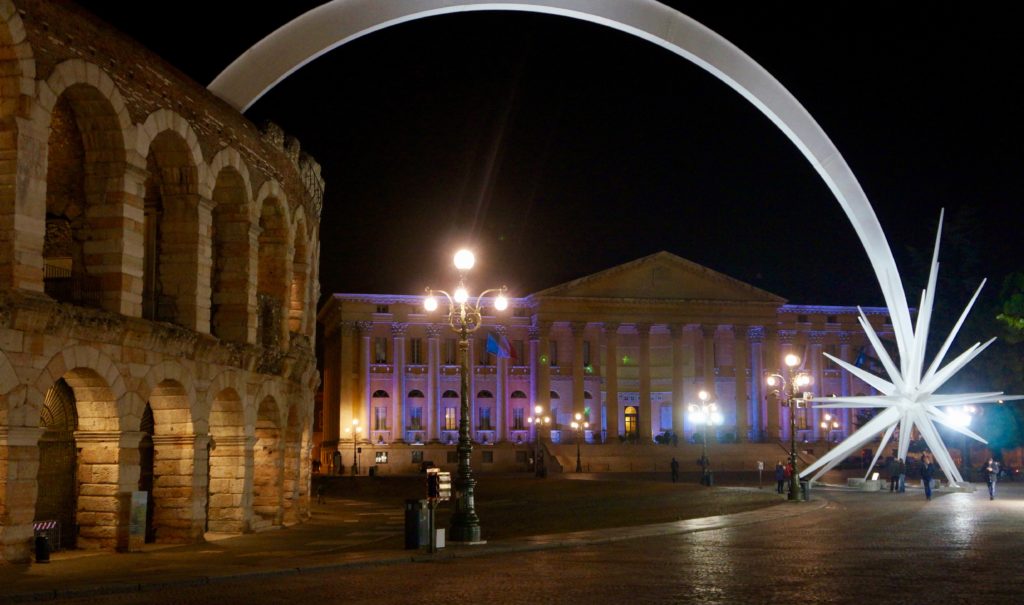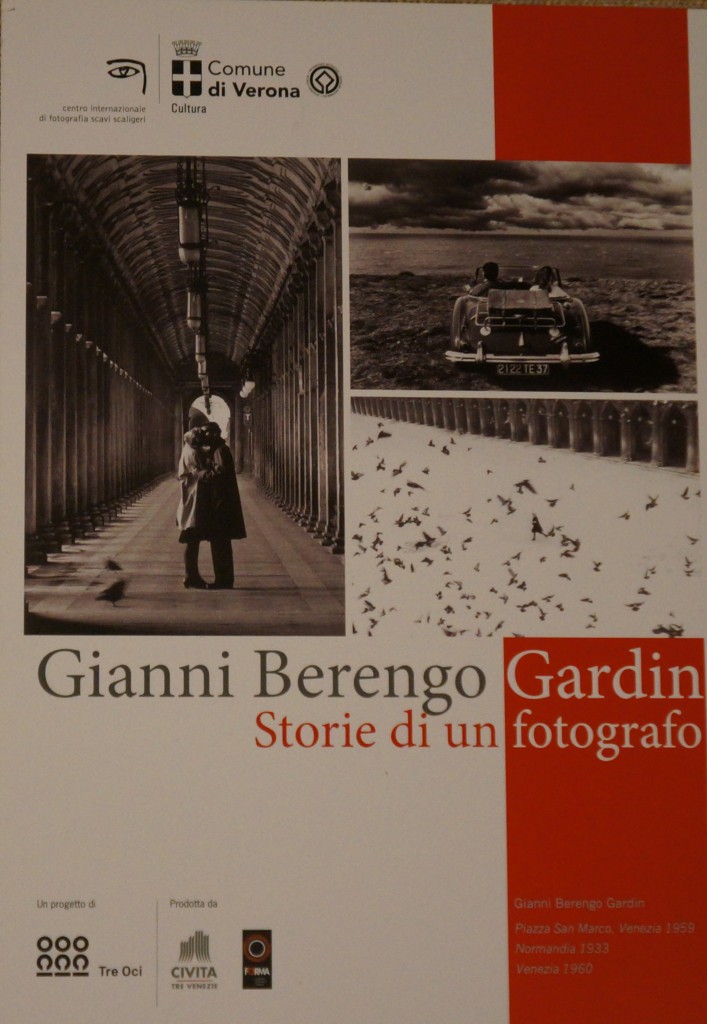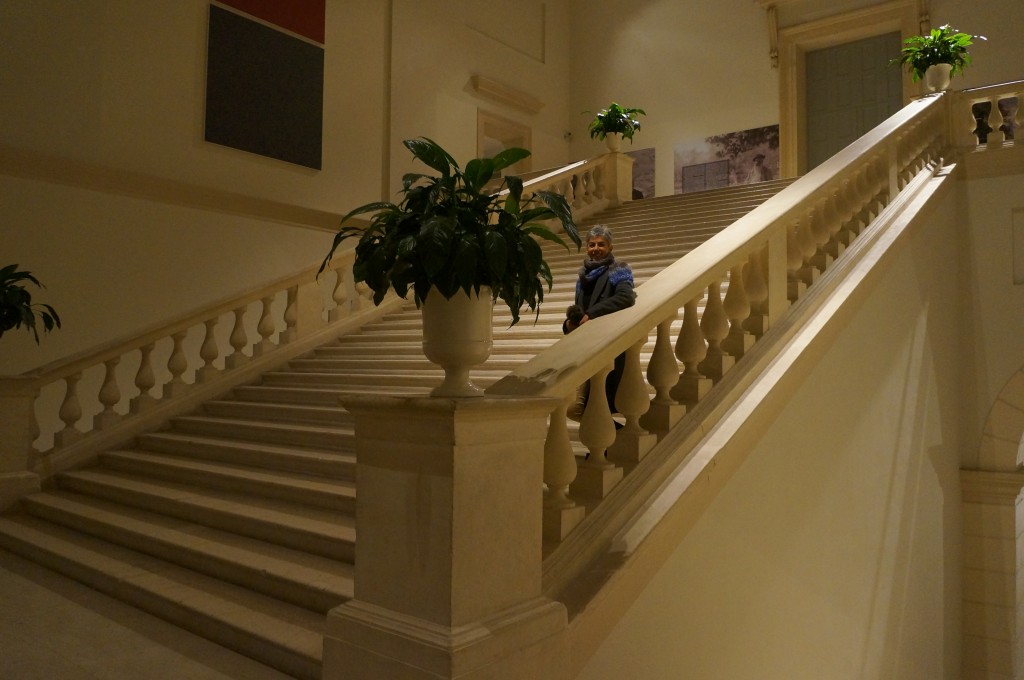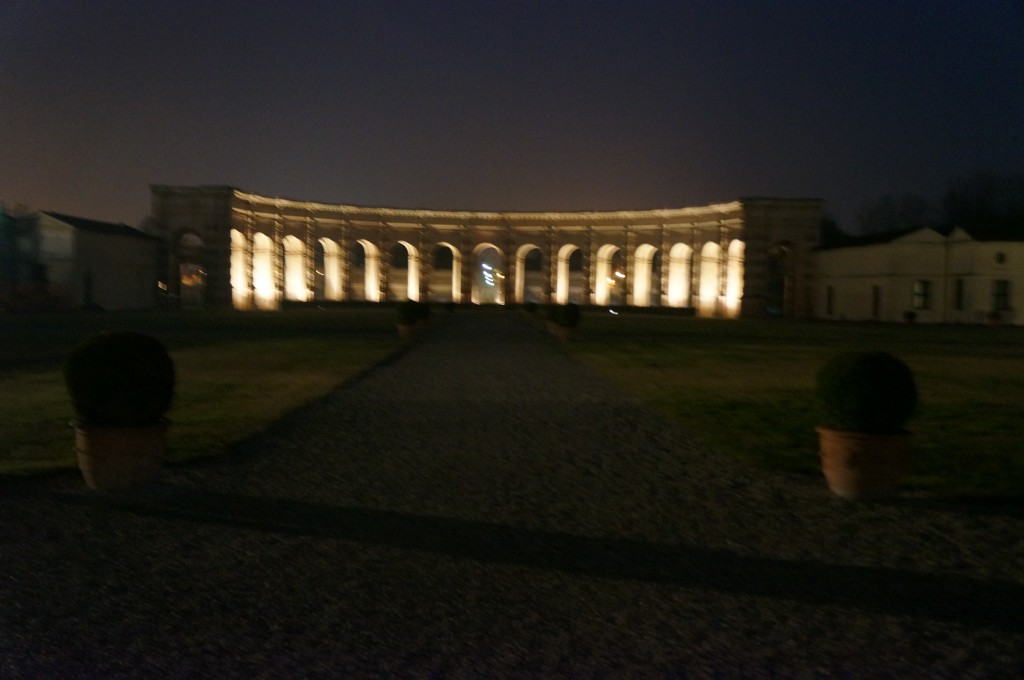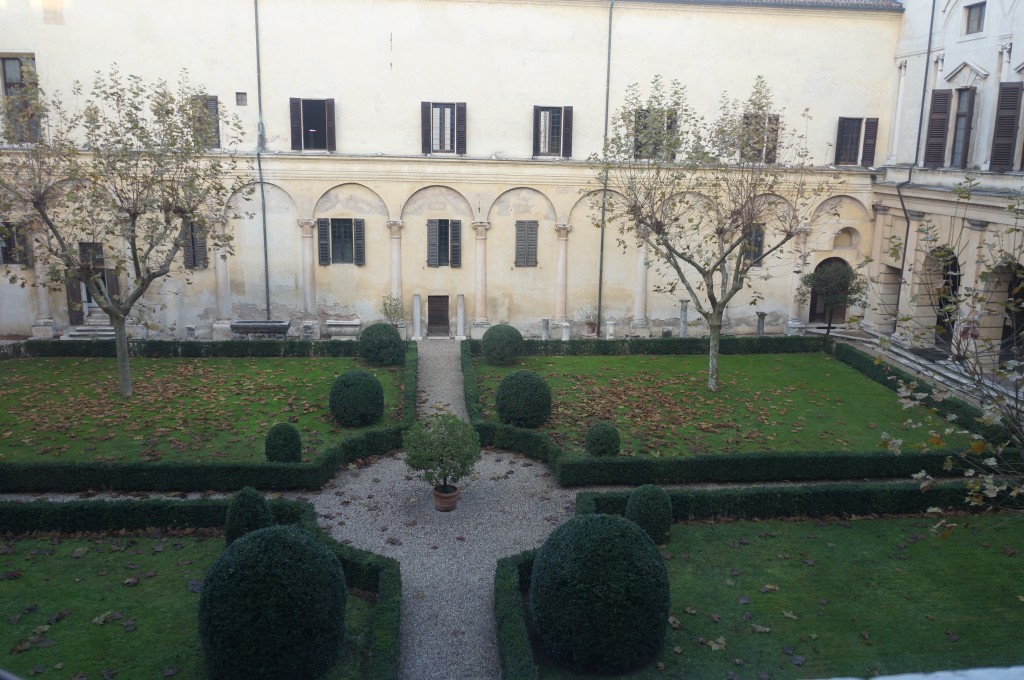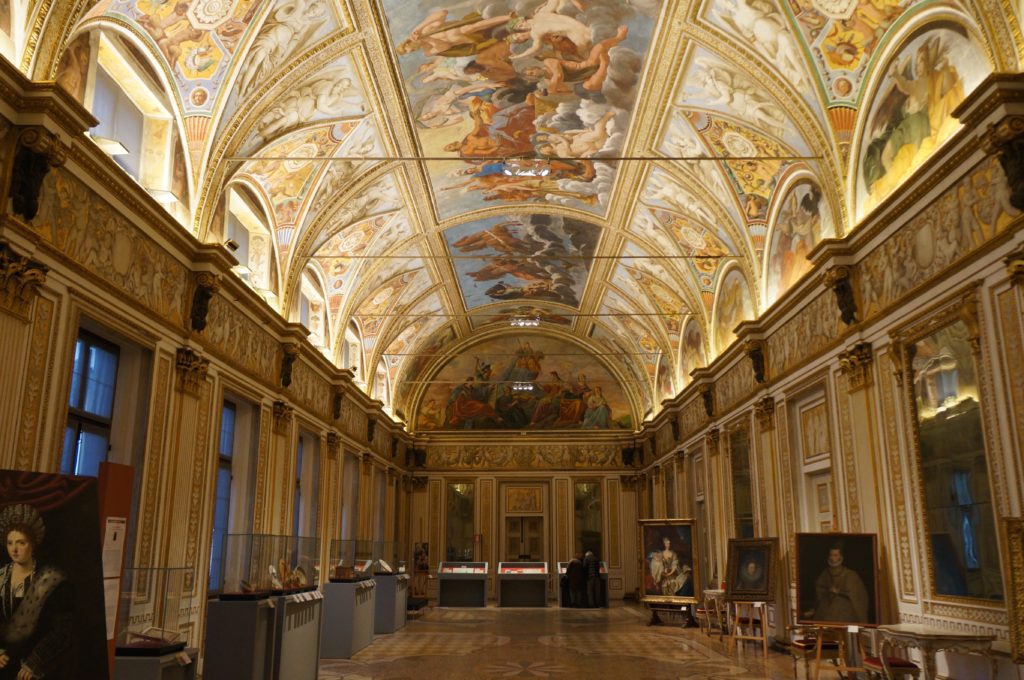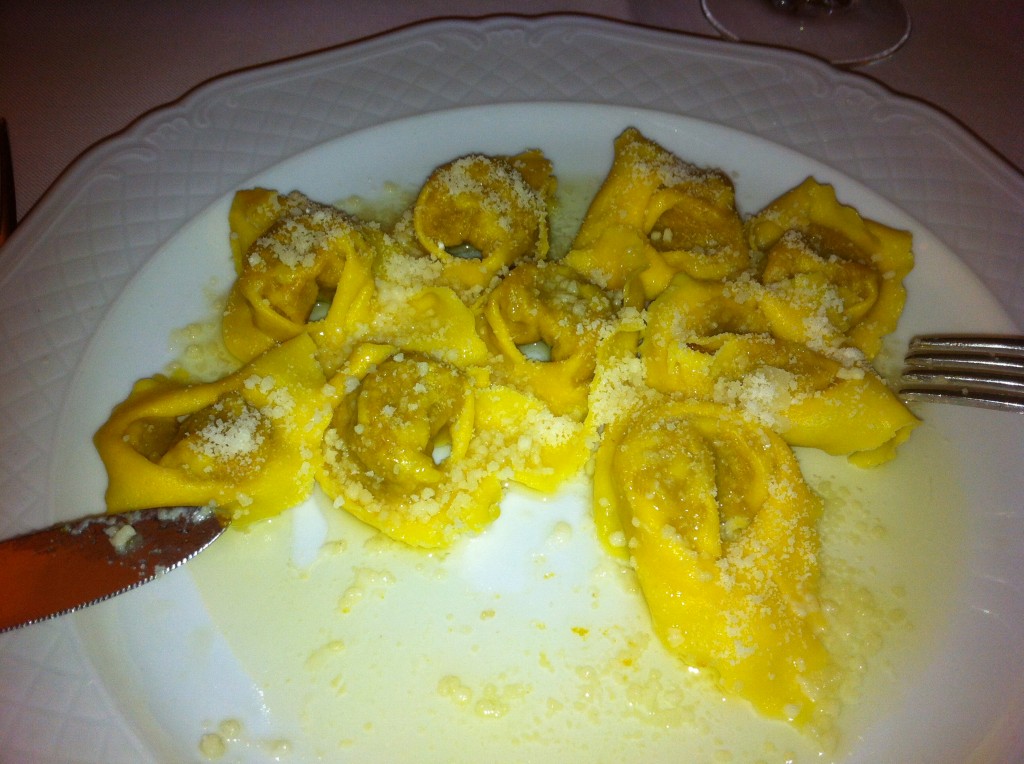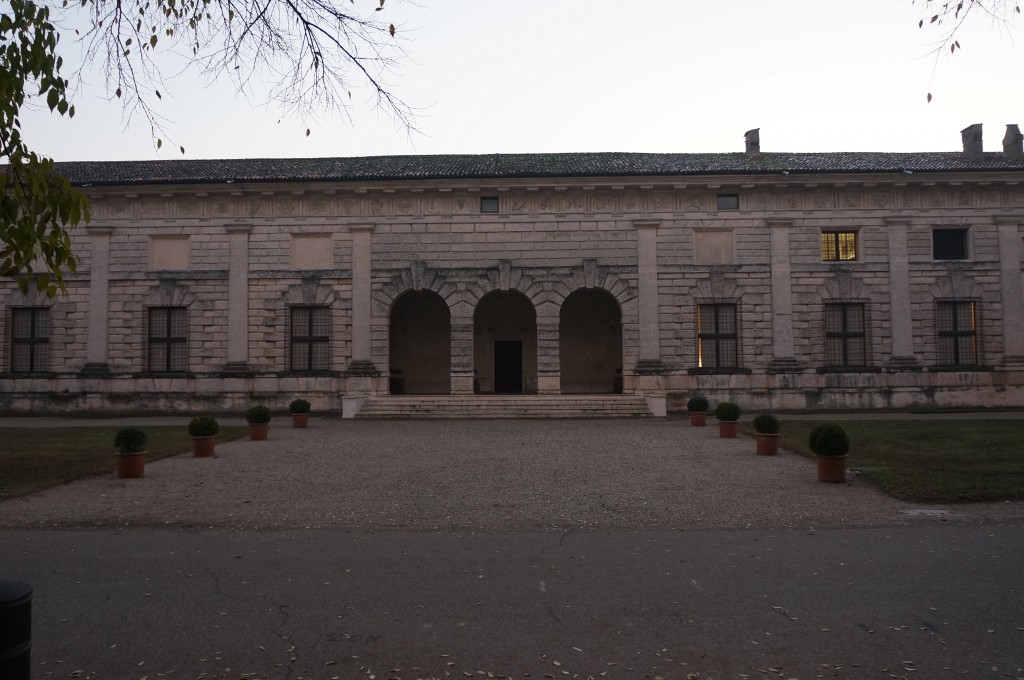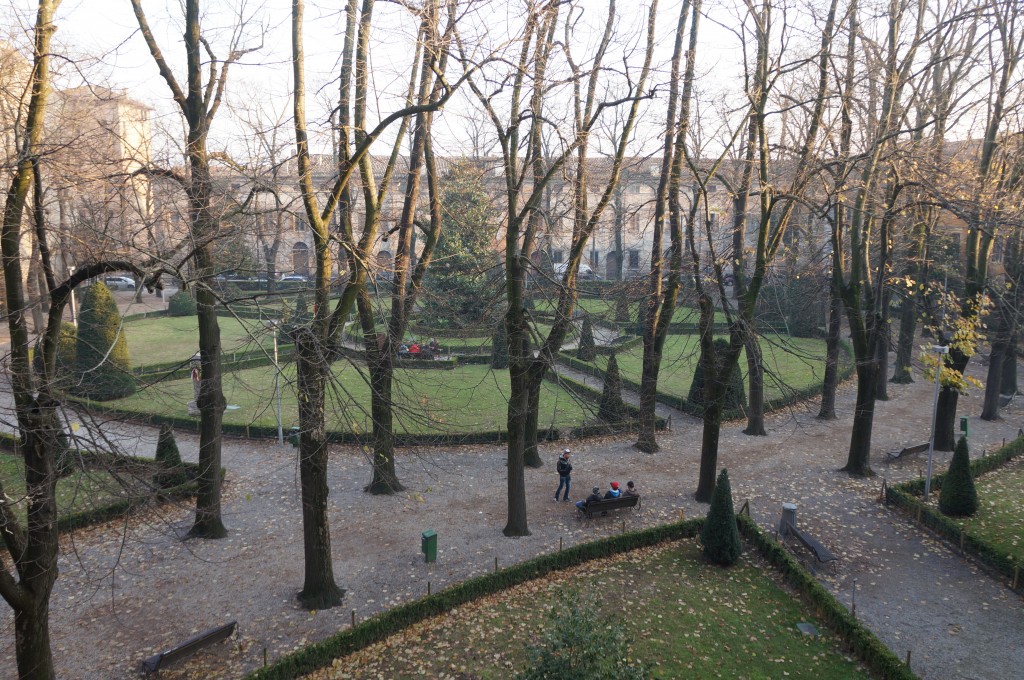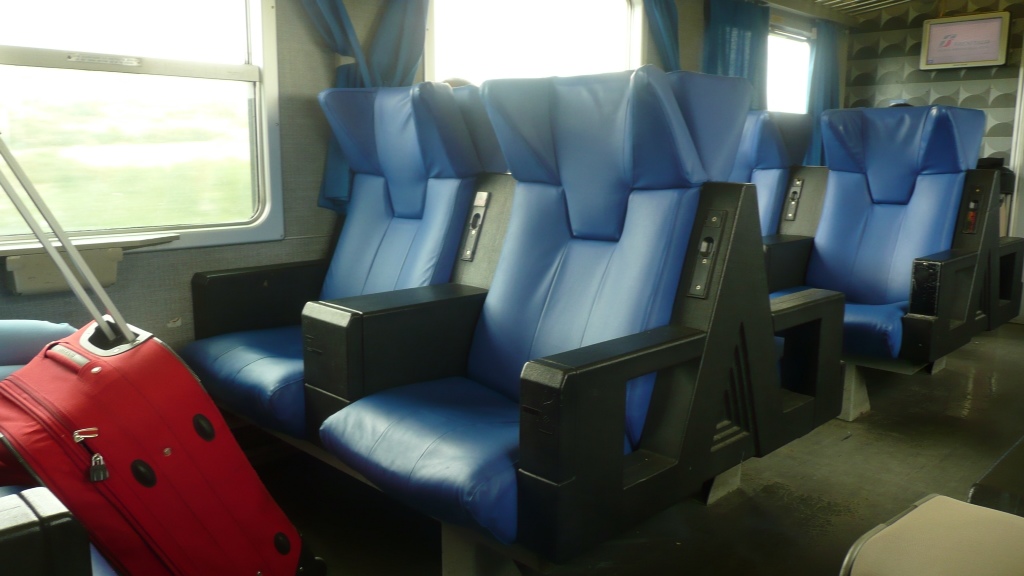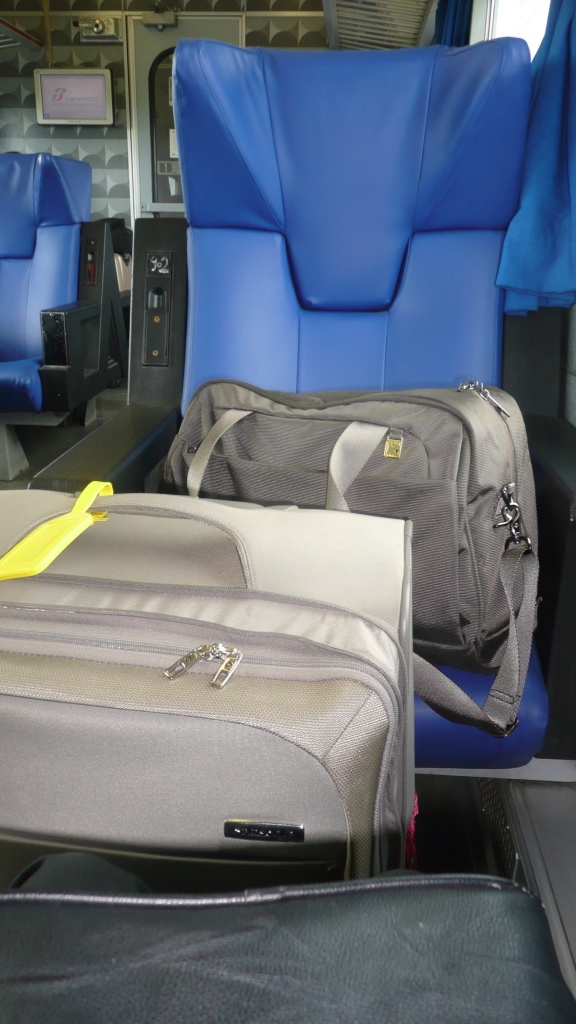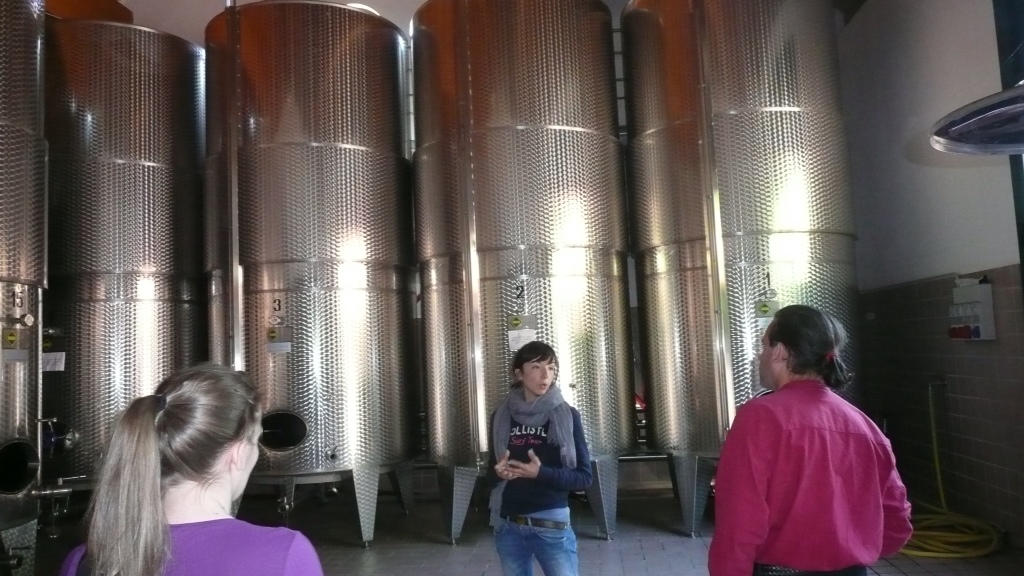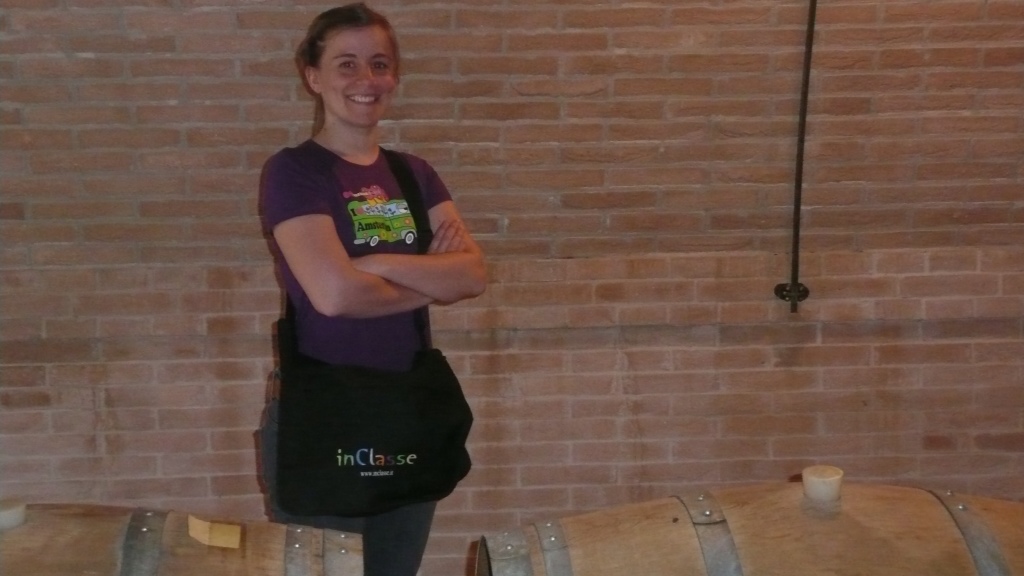…travel is more than the seeing of sights;
it is a change that goes on, deep and permanent,
in the ideas of living.
~ Miriam Beard
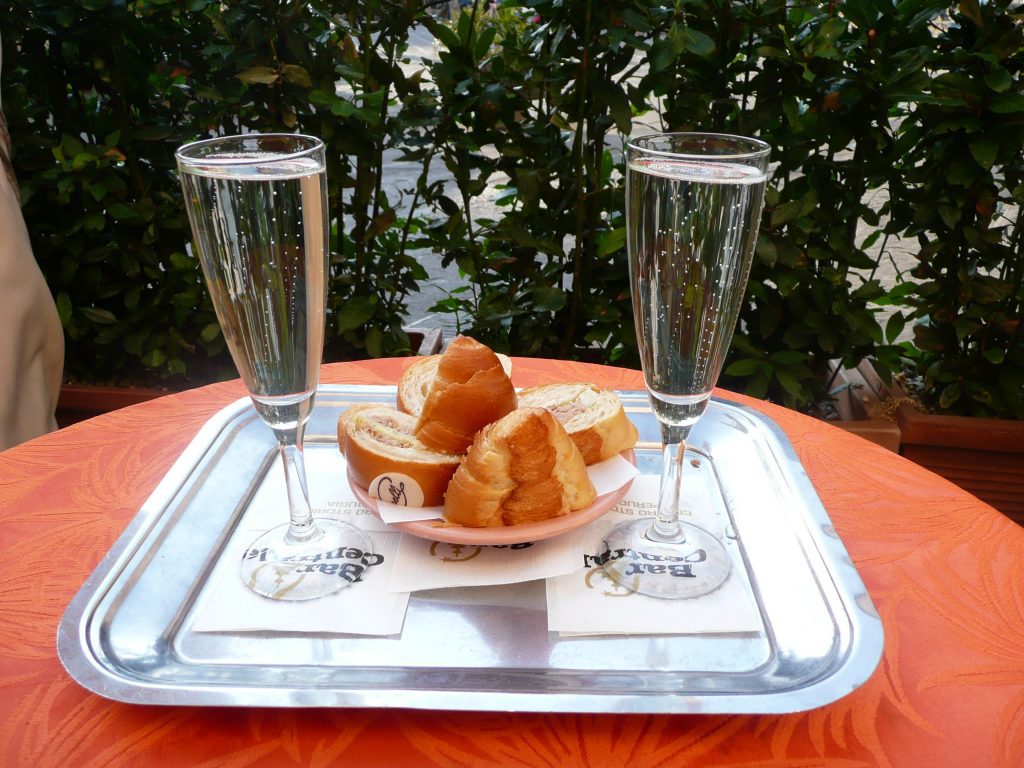
It’s two years since our last sojourn in Italy and I’m missing la dolce vita that Italians have perfected, so much. The memories of our last three month stay are bittersweet. An illness that started three weeks into our trip threw our plans into chaos but the very relaxed tempo of our excursions dictated by my condition meant that there was time to savour many things I love about Italy albeit in a restricted way.
The list of my loves is long. From the beauty of her ancient cities — their visible history takes me back to the Etruscans, through the Middle Ages to the grace and refinement of the renaissance period, to modern Italy where the warmth and passion of her people envelop me, the musicality of the language is so pleasing to my ear, the food cooked with seasonal ingredients, sumptuous gardens from bygone eras, age-old traditions and rituals that have influenced Italian life and are still practiced today…I could go on. So if you haven’t been, you must go there and experience it for yourself when we are all allowed to travel safely once more.
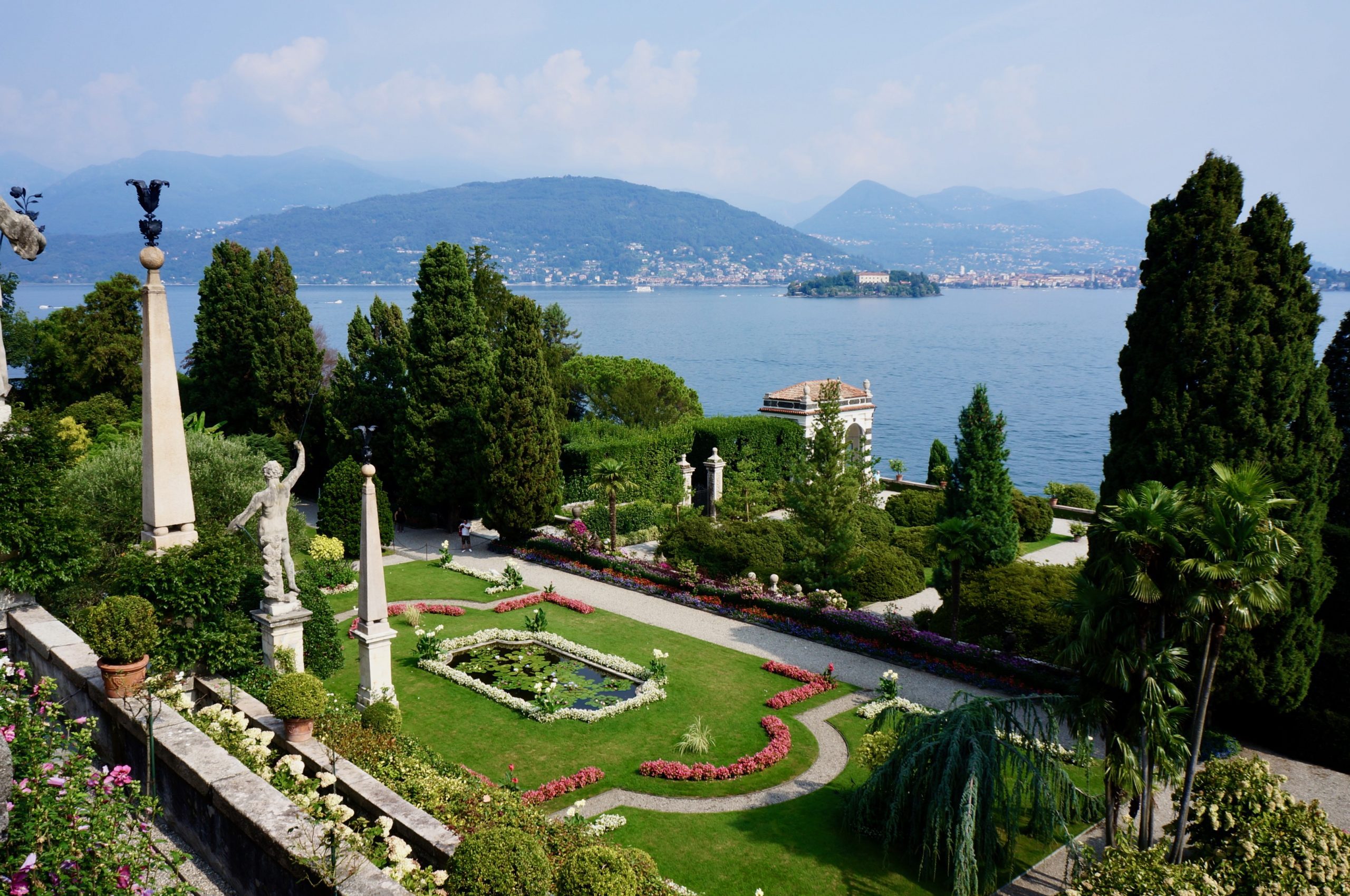
Because I couldn’t be there this springtime, I want to highlight a particular ritual that’s ubiquitous (and intensely missed in the time of Corona) in the balmy days of spring and summer, which epitomises la dolce vita, and happens to be one of my favourite things. It’s that quintessential Italian ritual of aperitivo. So come take a stroll down memory lane with me to those carefree balmy evenings and enjoy an aperitivo in il bel paese (the beautiful country).
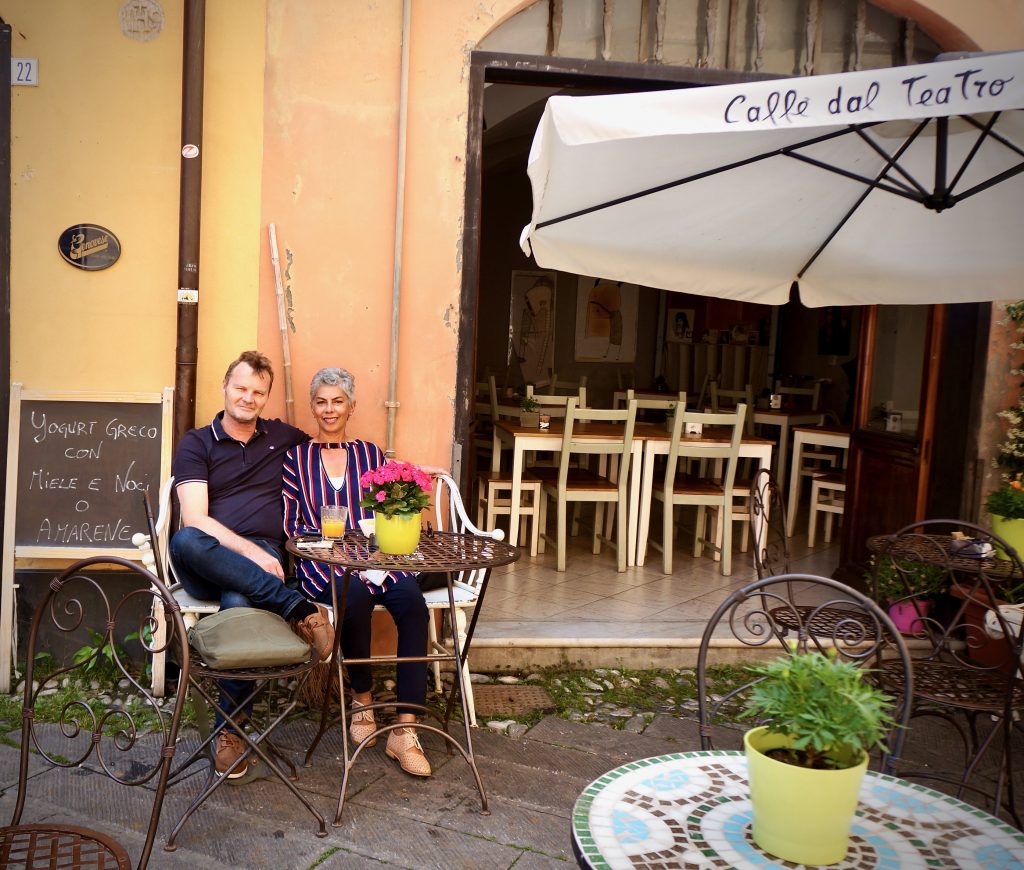
Around 7pm when the sun is low in the sky is the time when Italians wind down. It’s that liminal time after work and before dinner. The time to enjoy a drink in a piazza that still holds the warmth of the day in its cobblestones. A little like happy hour in Australia, but in Italy it’s much more. This hour or two before dinner is a social time, a time to rendezvous with family and friends, catch up on news, and chat. And although l’aperitivo Italiano is the name for the ritual, it’s also the drink you enjoy during this delightful custom.
Taken from the Italian word aprire — to open— in this context to stimulate the palate, an aperitivo (or aperitif) is meant to whet the appetite for your dinner which is usually eaten around nine o’clock. Aperitivo is not just about enjoying a few drinks. In Italy a drink is always served with snacks (stuzzichini). This could range from a simple bowl of olives, potato crisps, or nuts, to something more substantial like little sandwiches, bruschette, cheeses and salumi, or small bites of pizza. Salty snacks which pair well with slightly bitter (amaro) drinks which is the Italian custom to serve at this hour.
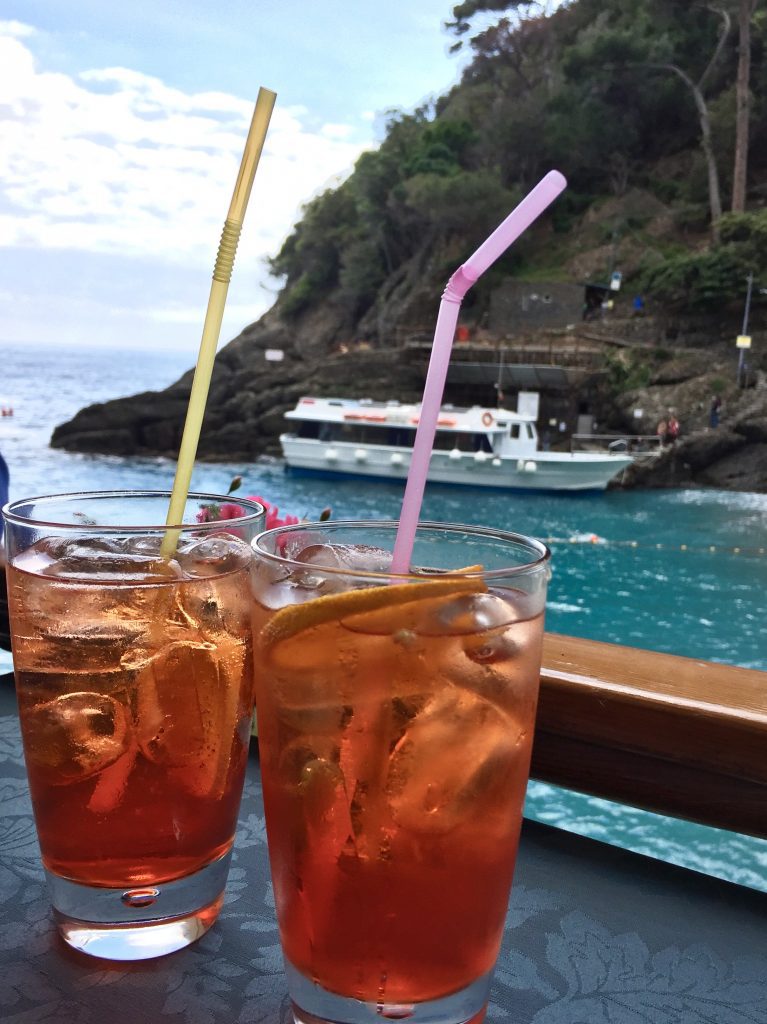
Although a glass of prosecco or wine is perfectly fine, on the Menu Aperitivi you’ll find classic Italian cocktails like Campari and soda, or for something with more of a punch, Negroni — a mix of gin, vermouth and Campari, served with a slice of orange, or amore’s favourite, Spritz Aperol — a bright, orange-hued drink which is made with an infusion of bitter and sweet oranges, rhubarb and a secret mixture of herbs and roots. It’s served in a tall glass or a large wine glass filled with ice cubes, a mix of prosecco and soda, with a twist of orange to garnish.
Delicious!
L’aperitivo had its modern origins in Turin (wealthy Romans had their own elegant version in ancient times). In 1786, Antonio Benedetto Carpano, a distiller in Turin, created the first sweet vermouth — a fortified white wine infused with the flavours of wormwood, herbs, spices, and various other botanicals. The drink was popular in the royal court in Turin and became a hit with ordinary Italians. Signore Carpano asserted that his vermouth with its combination of herbs and spices stimulated the appetite and was more suitable for ladies to drink than red wine. The locals quickly got a taste for it!
Thus began the quintessential Italian ritual and drink, we know as l’aperitivo. Today the simple drink has evolved and the ritual has become a tradition in every part of Italy.
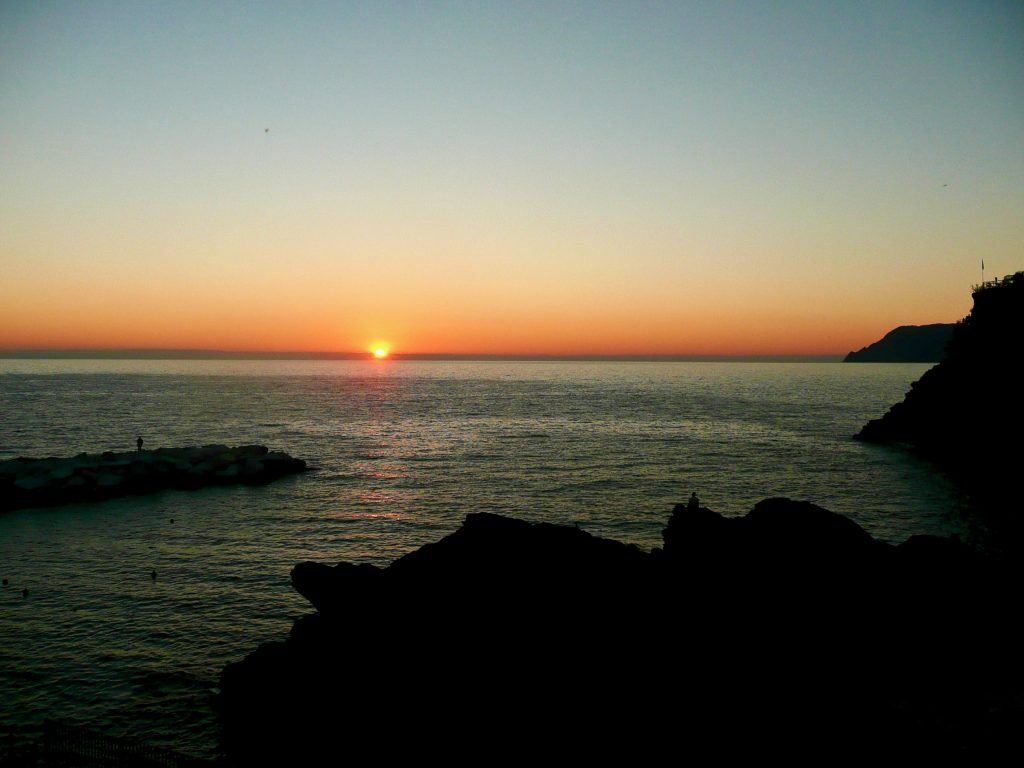
I have fond memories of my first experience of l’aperitivo. Amore and I sat watching the sunset outside a small bar overlooking the harbour in Manarolo in the Cinque Terre in 2008. It was our first trip to Italy as a couple and we were still a little unversed in the ways of Italians. We were delighted to be presented with little bowls of olives and nuts to accompany our glasses of prosecco. In Australia at that time, it wasn’t a practice. If you wanted snacks, you paid for them separately from your drinks. We were charmed and thought our hosts gracious and the gesture congenial. But unbeknownst to us, it was just a normal part of la dolce vita in Italy. Watching the sunset over the mediterranean that first time was an experience made sweeter by warm generosity of our hosts.
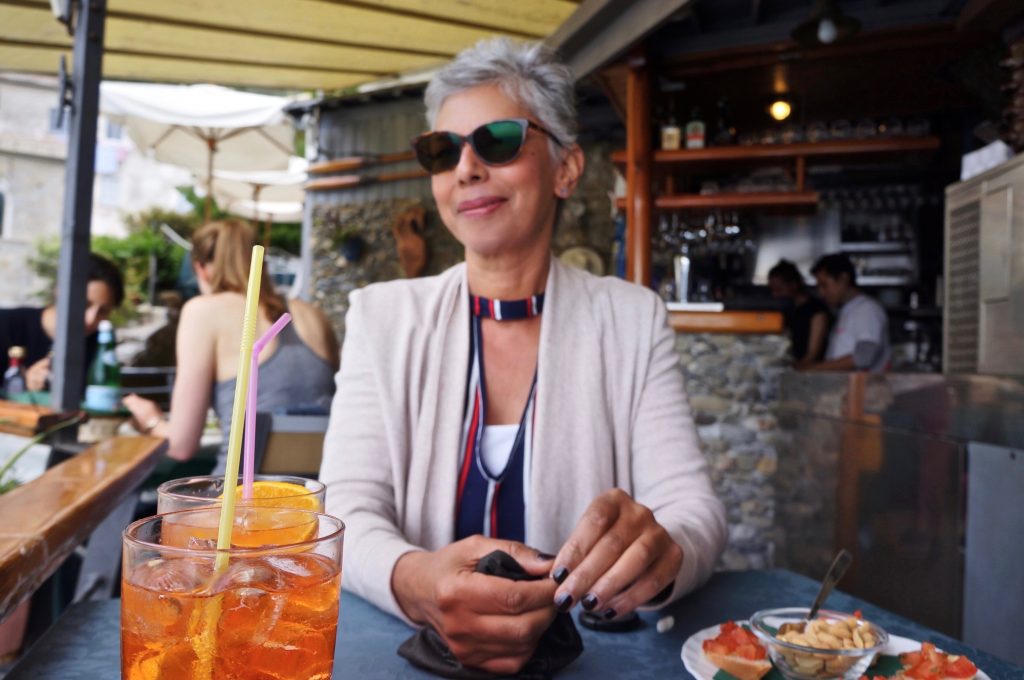
Since then, we’ve enjoyed the ritual in many cities and towns in Italy — from chic cocktail bars in Milan, elegant lounge bars in Verona and beautiful piazze in Turin, the birthplace of this quintessential Italian ritual, to the smallest bar in the mountains of Le Marche and aperitivo with friends in Genoa with a view of the ocean at sunset.
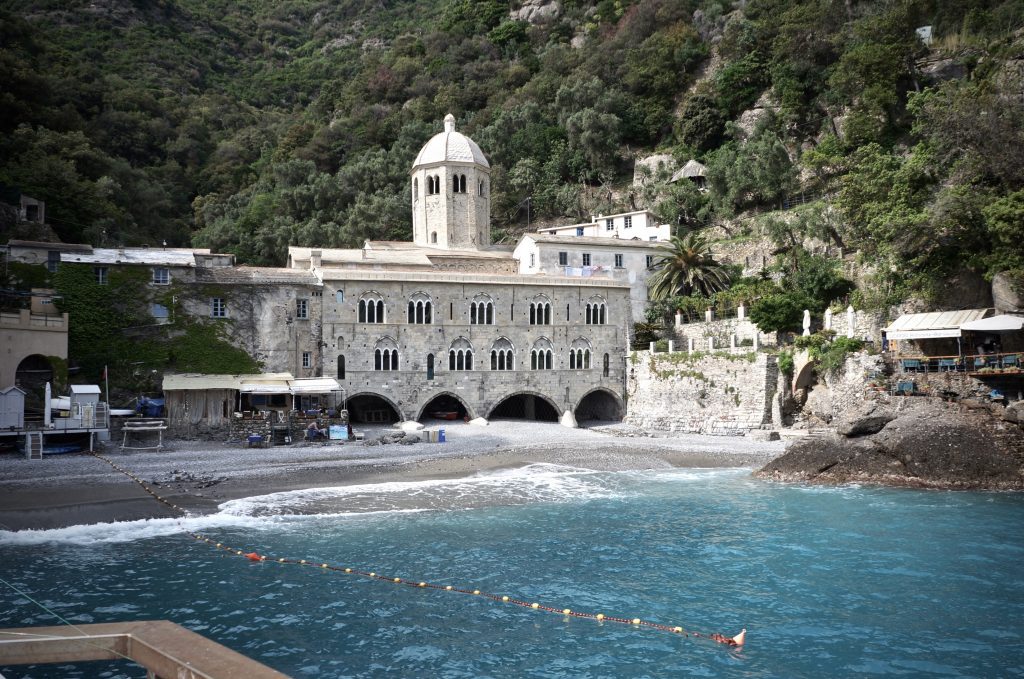
More recently, we sat at a bar overlooking a cove with the San Fruttuoso Abbey as our stunning backdrop sipping a Spritz Aperol in celebration of our 37th wedding anniversary. So many memories which include this ritual that make me smile.
The ritual has spread past the shores of the Italian Peninsula (the French also have a long tradition of the aperitif) and it’s been embraced (better late than never, I say) in many bars in Australian capital cities, although it begins rather earlier in the day in line with our early workday finishes and dinner times.
The tradition continues at home. I love making canapés and delicious morsels to serve with drinks when we have friends around. It doesn’t have to be elaborate antipasti: small bowls of roasted nuts, olives or potato chips, a platter of cheese and salumi, or elegant little sandwiches, are great to serve with drinks. Have plenty of ice in your bucket, a few bottles of soda and your favourite amaro, a bottle of sparkling wine and slices of orange, plates and napkins, and let your guests serve themselves.
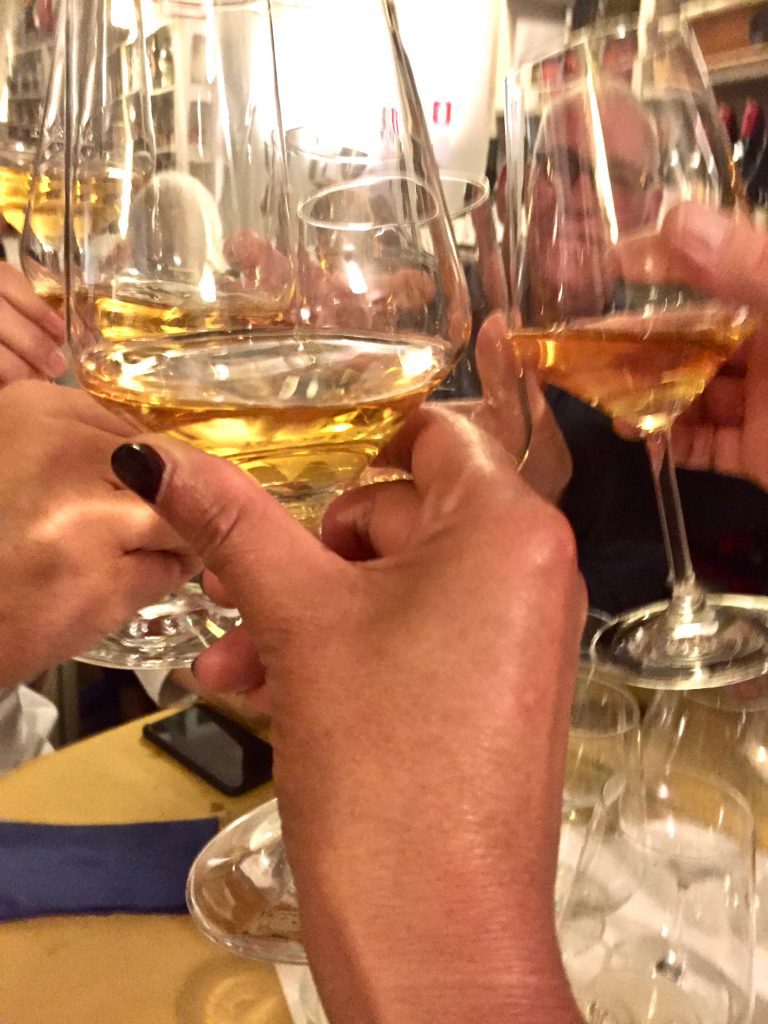
The most important aspect of aperitivo is the people. So gathering al tavolo with those dear to you is what makes life sweeter. I can’t wait to reintroduce this quintessential Italian ritual when we all feel comfortable gathering together again. It’s been a long time since we had friends around, perhaps for you too. I believe that life will look different when the time of Corona has passed but I hope that sweet rituals like l’aperitivo which brings people together, will be with us for a long time to come.
Do you have a tradition when getting together with friends and family? Are you missing it? Please share your story or good memories of gathering with loved ones in the comments. We’d all love to hear some joyful things in this sombre time.


